Insulation of walls from the inside in wooden houses makes them more comfortable and economical. In addition, the good performance of the walls for heating technology allows you to save on heating. The question should be taken seriously, since the result will completely depend on the chosen material and adherence to technology.
Insulation from the inside
Thermal insulation of the house from the inside avoids the need for external finishing. With this approach, it is possible to preserve the attractive appearance of a building made of a bar or rounded log. But the technology has a number of drawbacks worth preparing for:
- the interior rooms, but not the walls, are protected from the harmful effects of cold;
- the useful area of the building is reduced;
- there are certain restrictions on the materials used.
What insulation to choose
What is the best way to insulate a house? It is worth starting from the material of the walls. The tree has gained well-deserved popularity due to the fact that it is able to "breathe". Wood allows air to pass through well, while providing excellent ventilation in the premises.
To fully preserve the beneficial properties when working from the inside with your own hands, you need to use materials that are similar in breathability to wood. To insulate the house, it is better to abandon such heat insulators as:
- Styrofoam;
- extruded polystyrene foam (or simply "Penoplex");
- penoizol.
They are highly airtight, so they can create a greenhouse effect in a building. This will require the device of expensive forced ventilation or the installation of air conditioners.
The best material for thermal insulation is mineral wool.
Its advantages include:
- high efficiency;
- the ability to pass air without interfering with natural ventilation;
- safety for human health and the environment;
- incombustibility;
- ease of installation;
- availability;
- low cost.
But when using cotton wool, it is worth remembering its shortcomings. The material absorbs moisture well, while ceasing to perform its main function. To avoid getting wet, you should also purchase vapor barrier and windproofing.
Layer scheme for insulation with mineral wool
There are several varieties of mineral wool. The best option would be basalt (stone) insulation in slabs. You can also choose glass wool, which comes in the form of rolled mats. The second option can cause installation difficulties. The material is severely pricked, and particles entering the lungs or on the skin cause itching. To avoid unpleasant consequences, all work with glass wool is performed in special clothing and masks.
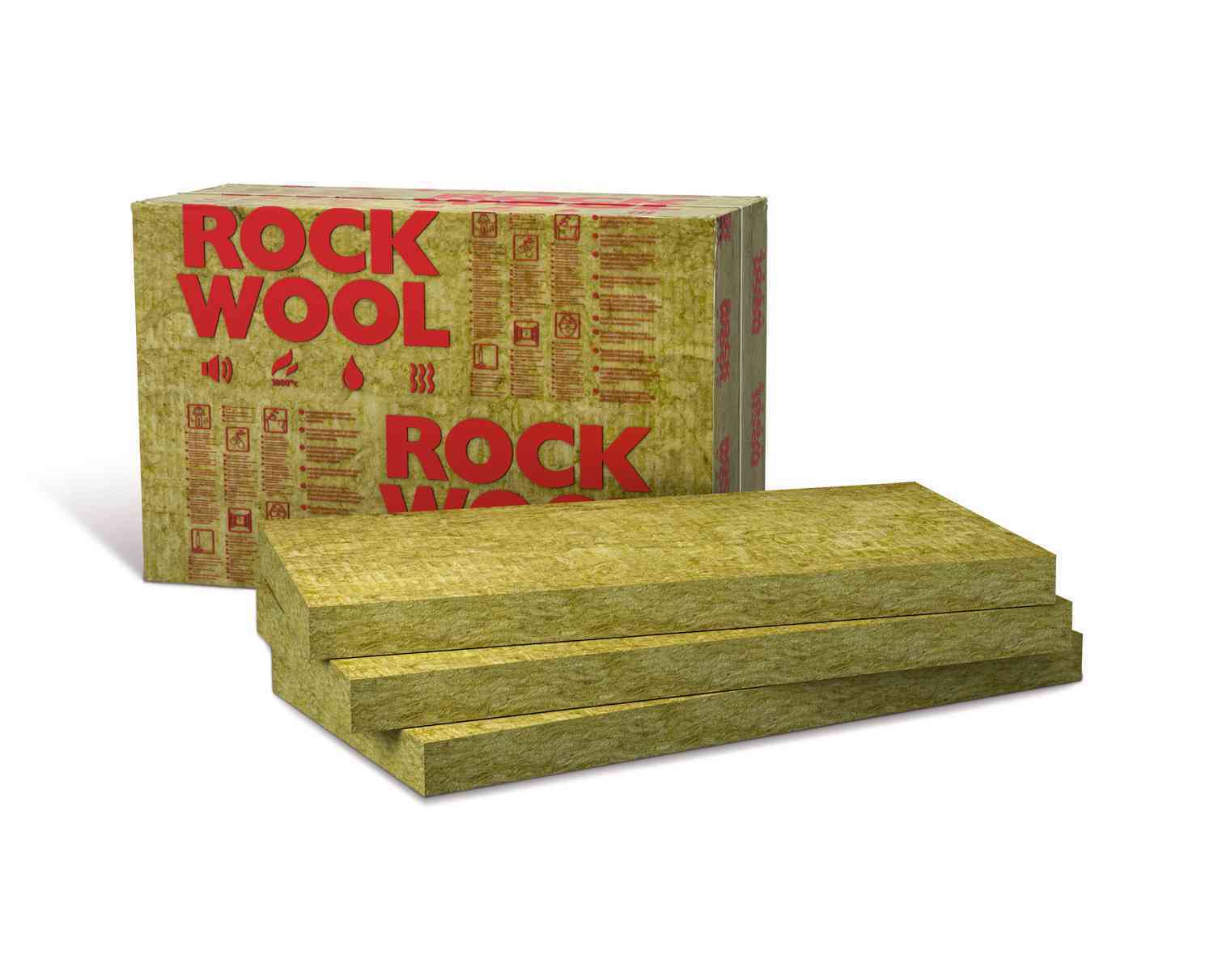
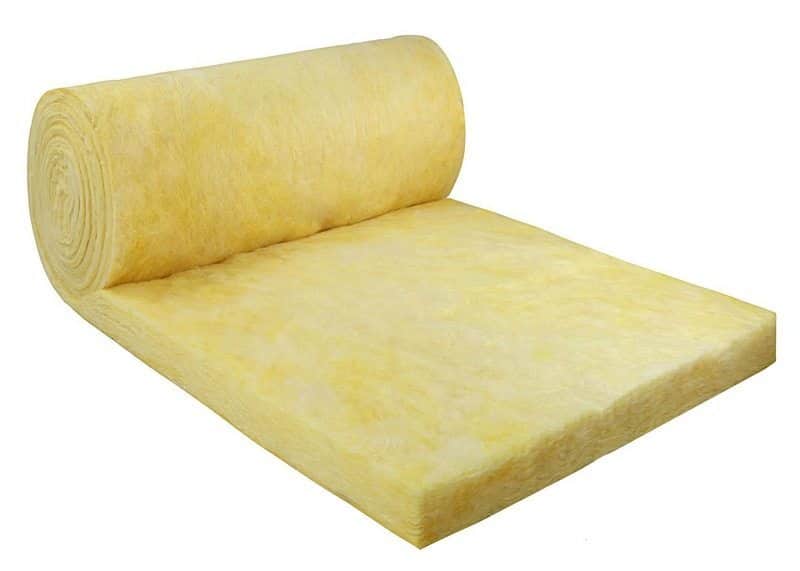

The most undesirable, but inexpensive option will be slag wool. But, when insulating your house, it is better not to save. Cotton wool is made from industrial waste. Manufacturers are responsible for safety, but it is not always possible to check which slags are used to make the insulation. You can easily come across low-quality material or a fake, with which the insulation of a wooden house from the inside will be dangerous to health and life.
Preparatory stage
Before insulating a wooden house from the inside, you will need to prepare the walls. This is especially true if you need to insulate an old wooden house. In this case, the material that was used for caulking has time to cake. The main task at this stage will be to eliminate cracks - sources of drafts, cold and moisture.
Work begins with cleaning the base. You will need to remove dust and dirt that have accumulated on the walls. Before insulating an old house, it is worth checking the strength of the wood. It should not be damaged by various pests. Otherwise, it is better to strengthen the walls.
To prevent problems with insects and microorganisms in the future, the surface is treated with antiseptic compounds. You can also perform treatment with fire retardants, they increase the resistance of the material to fire.
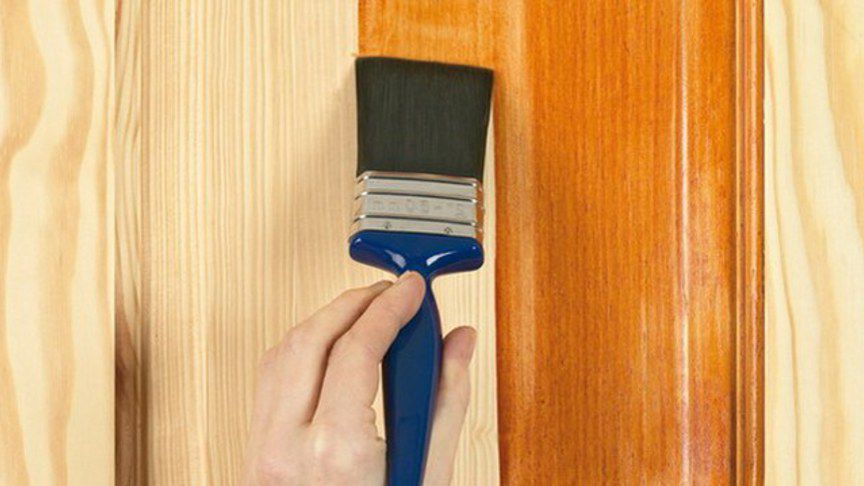 Antiseptic treatment will protect wood from decay
Antiseptic treatment will protect wood from decay Wood shrinks over time. Because of this, cracks may appear in the walls. Before starting work on insulation, it is worth doing. Currently, jute is most often used for these purposes. For large crevices, it is wise to purchase a tape tow. The material is hammered between logs or a bar using a chisel.
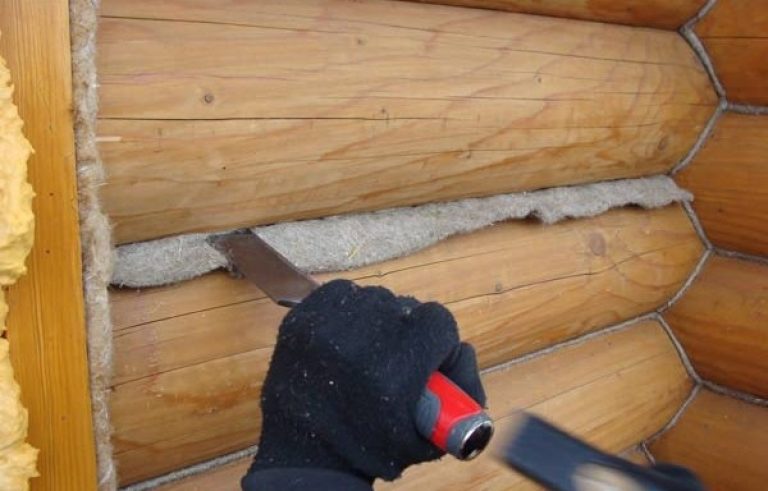 Caulking will protect the walls from blowing and will become an additional heat insulator
Caulking will protect the walls from blowing and will become an additional heat insulator It is necessary to carry out the work until the material ceases to creep into the space and begins to hang out. High-quality caulk is a guarantee of a warm home.
Wind-waterproofing of walls
Mineral wool is afraid of moisture. Before insulating the walls in a wooden house, you should take care of the protection of the insulation. On the outside of the mineral wool, a layer of wind-waterproofing is fixed. It prevents weathering and penetration of atmospheric moisture. There are several types of suitable materials, but a vapor diffusion membrane is the best option.
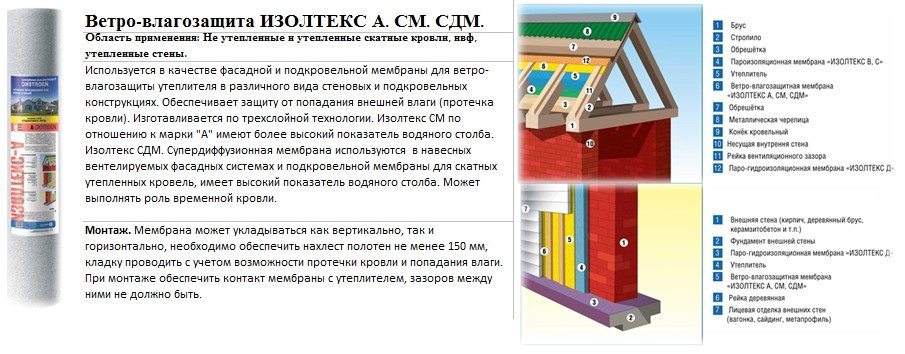
This modern material reliably protects against water, but does not impede the movement of air and steam. This allows you to maintain the ability of the walls to breathe, as well as ensure the removal of moisture from the insulation.
The waterproofing is attached to the walls with a construction stapler. The joints of the canvases are made with an overlap of at least 10 cm and are glued with tape or special tape.
Insulation installation
Internal wall insulation is carried out along the frame. It can be made of wood from a metal profile. The easiest way to insulate a building made of wood is to use wood for the frame as well. It is important to correctly select the geometric dimensions of the frame:
- The step of the racks is selected taking into account the width of the insulation. It should be about 2 cm smaller than the width of the mats or slabs. This is necessary for a snug fit of the material. For mineral wool, such a step of the racks is most often used so that a distance of 58 cm remains in the light between them.
- The overhang of the frame must take into account the thickness of the insulation and the required ventilation gap. It is needed to remove condensation from the surface and allows you to keep the material dry. The thickness of the ventilation gap is usually taken equal to 3-5 cm.
 Installation of slabs in the walls should be carried out with an interference fit - then it will not begin to slip over time
Installation of slabs in the walls should be carried out with an interference fit - then it will not begin to slip over time Mineral wool is placed between the racks of the crate. With the correct choice of the step of the latter, the heat insulator will be held by friction. For additional fastening, you can use special plastic dowels, usually they are sold with insulation.
Vapor barrier
How to properly insulate the walls of a wooden house from the inside? It is important not only to choose the right insulation, but also to protect it from all types of moisture. Indoors are characterized by a fairly high humidity, water in the form of steam can easily reach the mineral wool and reduce its effectiveness.
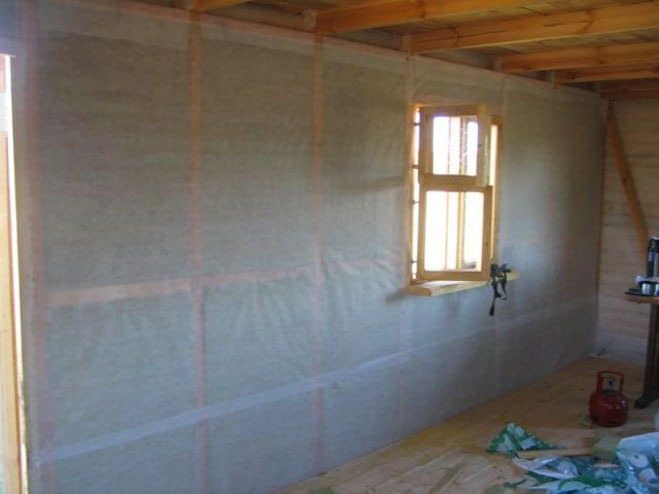 Vapor barrier is a mandatory layer when using mineral wool
Vapor barrier is a mandatory layer when using mineral wool Internal wall insulation is mandatory. It is mounted on top of the insulation. A good option for protection is vapor barrier membranes.

They are more expensive than films, but they do not impede the movement of air through the walls. Membranes will become a more modern and efficient option.
Thermal insulation of a wooden wall from the inside with their help is carried out according to the manufacturer's instructions. The fastening method may differ for different types.
Finishing
Insulation of the walls of a wooden house is completed with a fine finish. For these purposes, you can apply a variety of options. But when choosing a material, it is worth remembering about ventilation. The finishing layer must not impede the movement of air, otherwise all the previous choice of materials is useless.
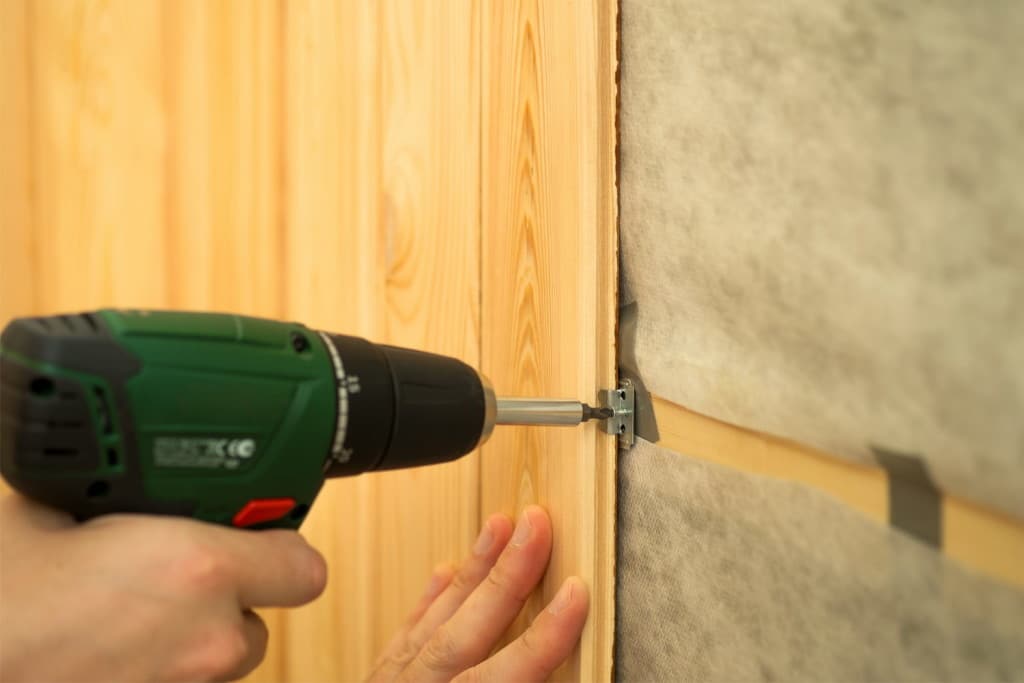 Lining for interior cladding - a simple, inexpensive and environmentally friendly option
Lining for interior cladding - a simple, inexpensive and environmentally friendly option Insulation thickness
Insulation of walls in wooden houses from the inside should begin with calculating the thickness of the heat insulator. Only a professional can perform detailed calculations. For self-construction, you can use special programs. For example, the Teremok program. It is quite simple and freely available. There is both an online version and a PC application.
On average, mineral wool with a thickness of 80-100 mm is used for walls. But it all depends on the climatic region.
Before insulating your own wooden house from the inside, you should carefully study the information on the topic.
And do not forget that from the point of view of heating technology, it is more correct.
Competent performance of work is the key to durability and comfort.



